Curating an exhibition of 164 works encompassing half a century that fills all 12 ground-floor galleries of London’s Royal Academy is no small challenge. When the subject is one as complex as the movement known as Abstract Expressionism, it becomes an even more formidable undertaking. Indeed, given the sheer depth and breadth of Ab Ex (as I always call it for short), the art really constitutes more of a ‘phenomenon’ than a cut-and-dried ‘movement’ with neat boundaries. Also, contrary to popular misconceptions that still prevail, neither was it confined to New York, nor to just painting. In fact, some of the key artists were tied to the West Coast, such as Clyfford Still and Sam Francis. Similarly, David Smith and Louise Nevelson were sculptors who shared the same concerns as the painters. So did the likes of Aaron Siskind, Barbara Morgan, Minor White, and other contemporaneous photographers. Above all, the wonder of this project is that it is the first survey of its kind in the UK in 57 years. This fact leads me down memory lane.
It was in 1973 – when I came to London to do an undergraduate degree at the Courtauld – that I saw my first Rothkos at the Tate Gallery. I was hypnotised by the Seagram murals. Yet it was a work by the less well-known Clyfford Still that gripped me equally, if not more so. Somehow the Tate’s blue 1953 canvas seemed to combine in-your-face drama with a strange subtlety, as distinctive as it was hard to define. Three years later I was searching for a PhD thesis topic; the Rothko trial had only just finished (leaving the disputed paintings inaccessible) and so I asked my supervisor John Golding what to do. He said: Still. Eight years later I found myself with a 500-page thesis largely devoted to an artist about whom almost nobody knew anything. Even then, Still’s status as an irascible outsider was legendary and, despite various correspondence, he refused to meet me while I spent a year researching in New York. Perhaps worst of all, having a PhD in the arts under Thatcher meant that the sole full-time job I could get was delivering Volvos.
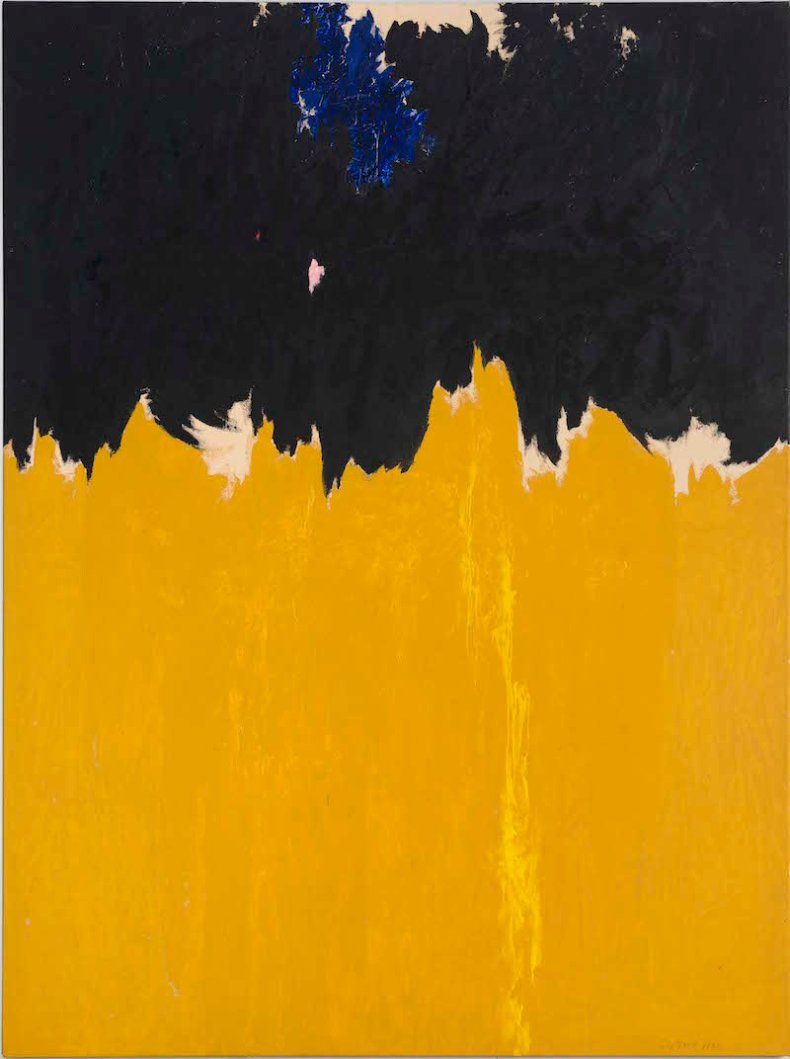
PH-950 (1950), Clyfford Still. Clyfford Still Museum, Denver. Photo: courtesy the Clyfford Still Museum, Denver; © City and County of Denver/DACS 2016
The proverbial years rolled by into decades: I wrote my first book for Thames & Hudson on a little Adler typewriter, I spent almost a decade in Washington D.C. preparing the catalogue raisonné of Rothko’s works on canvas, and I returned to London to work, among many diverse projects, for almost 20 years at Phaidon Press. Meanwhile, since Still’s death in 1980 (we had finally met the previous year in New York), his estate was under lock and key while apparently endless efforts to find a US city that would accept it had floundered. But one day in 2004 I noticed in an online arts magazine that Denver had accepted the gift. So much time had elapsed that the news felt like an anti-climax – not least because Denver, lacking any Rothkos, was among the few US cities I had never visited.
However, things now moved more quickly. Private donors raised the millions of dollars needed to build a home for the collection, I accepted a curatorial position in the process and, on 18 November 2011, the Clyfford Still Museum opened its doors to the public. Fortunately, the museum received almost unanimously good press: we mounted one exhibition after another and eventually reached the point where I and Dean Sobel, the museum’s director, almost began to wonder what to do next. Behold, the Royal Academy accepted my proposal for an Abstract Expressionism show.
Most of the loan requests were surprisingly successful yet there remained the problem of securing the best Stills. Could Denver lend? The odds looked slender. Nevertheless, it was in the artist’s interests for his work to be as widely known as possible and both his two daughters and the City of Denver generously gave their blessing to the loans. Thus nine of Still’s greatest paintings – drawn from a collection that holds an astonishing 96 per cent of his oeuvre – have travelled 4,685 miles to be seen for the first and probably last time in one of the world’s great art capitals.
‘Abstract Expressionism’ is at the Royal Academy of Arts, London, from 24 September–2 January 2017.
From the October issue of Apollo: preview and subscribe here.
Unlimited access from just $16 every 3 months
Subscribe to get unlimited and exclusive access to the top art stories, interviews and exhibition reviews.

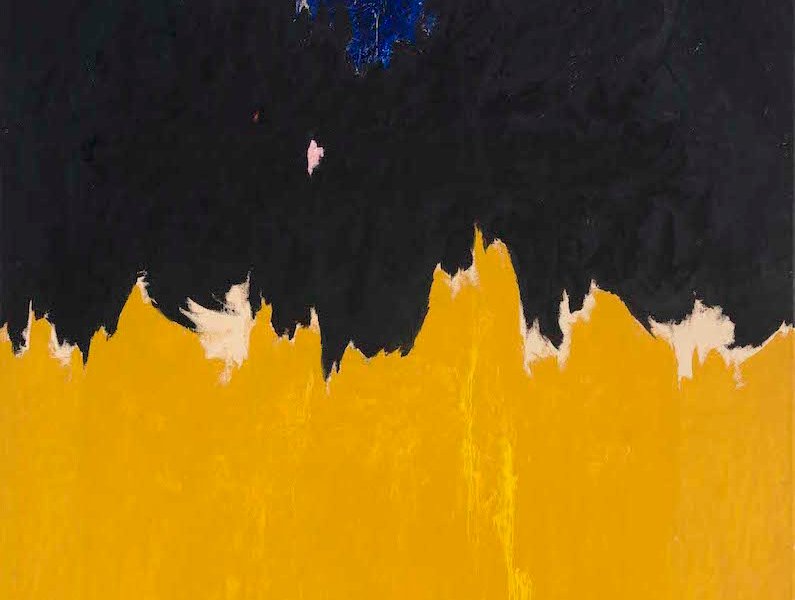
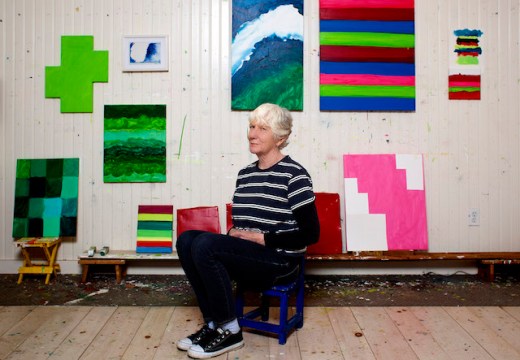
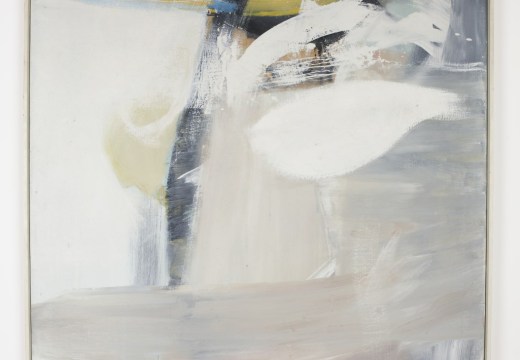
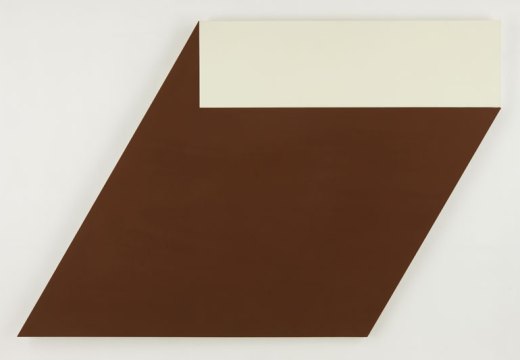









![Masterpiece [Re]discovery 2022. Photo: Ben Fisher Photography, courtesy of Masterpiece London](http://www.apollo-magazine.com/wp-content/uploads/2022/07/MPL2022_4263.jpg)
It’s time for the government of London to return to its rightful home